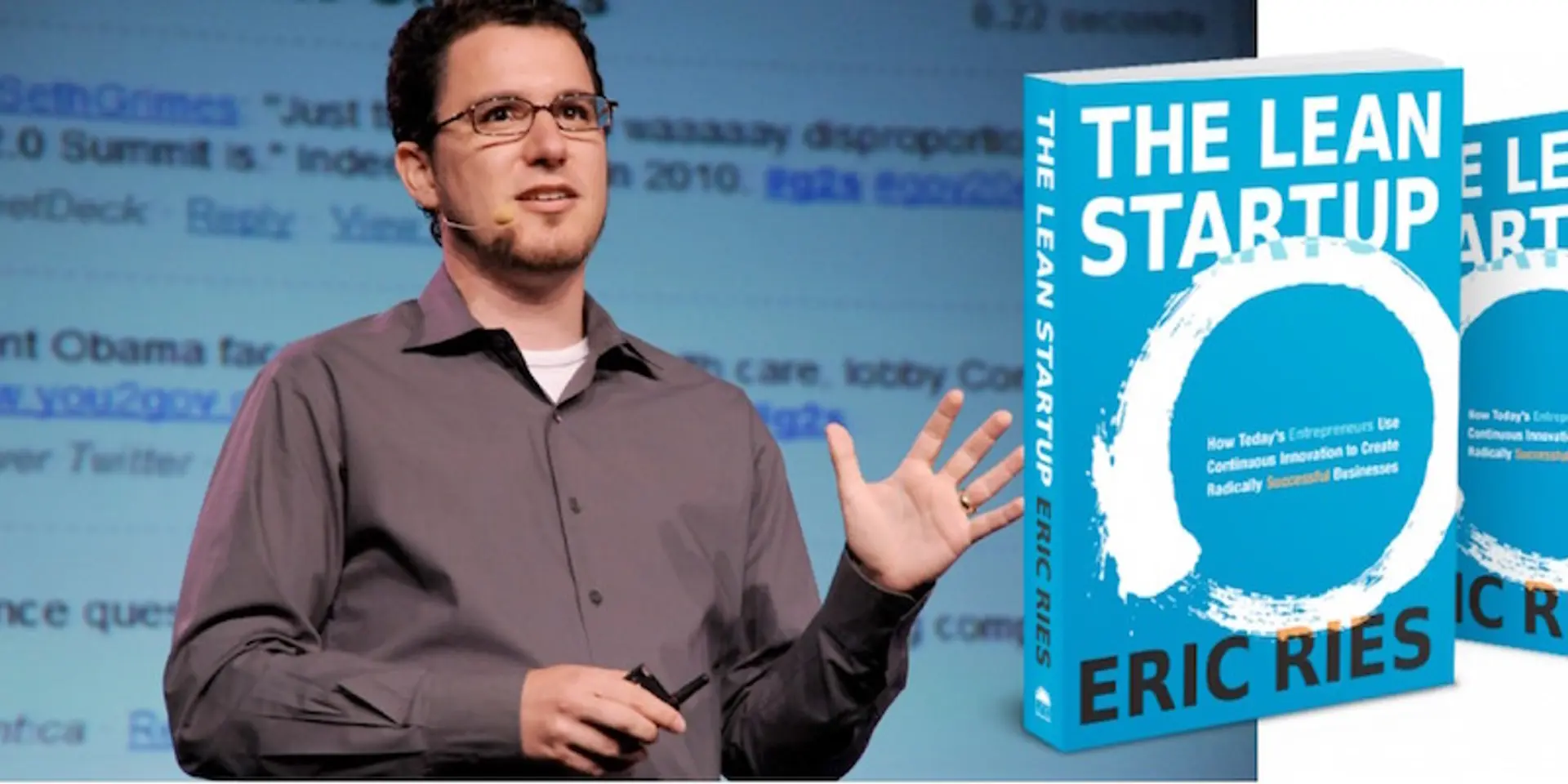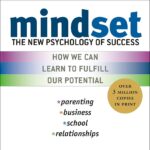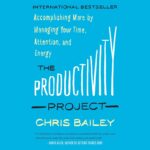Introduction: The Fastest Path to Building a Startup That Works

If you’ve ever dreamed of starting your own business but felt overwhelmed by risk, uncertainty, and the fear of failure, The Lean Startup offers a practical roadmap.
At its core, the book answers the burning question most entrepreneurs have:
How can I launch a product or service quickly, with minimal risk, and still make sure it’s what customers actually want?
The answer lies in building fast, testing early, and learning continuously. Instead of spending years creating something that might fail, the Lean Startup method shows you how to create a Minimum Viable Product (MVP), test it with real users, and adapt based on feedback. This approach saves time, money, and energy — and dramatically increases your chances of success.
The Lean Startup Summary – How Innovation Really Happens
If you’ve ever wondered why so many startups fail — and how to avoid becoming one of them — The Lean Startup offers a practical roadmap. The key? Testing your ideas quickly, learning from real customer feedback, and adapting before it’s too late.
According to the book’s official description on Amazon, most startups fail. But many of those failures are preventable. The Lean Startup presents a groundbreaking approach that’s now being adopted worldwide, transforming how companies are built and how products are launched.
Eric Ries defines a startup as any organization dedicated to creating something new under conditions of extreme uncertainty — whether it’s one person working in a garage or a team of experts in a Fortune 500 boardroom. What unites them is the mission to navigate that fog of uncertainty and discover a viable, sustainable path forward.
Drawing lessons from lean manufacturing, Ries champions “validated learning” — rapid scientific experimentation, customer-driven feedback loops, and counterintuitive practices that shorten product-development cycles. Instead of relying on vanity metrics or sticking stubbornly to a fixed business plan, startups can learn what customers really want and pivot with agility, making changes inch by inch, minute by minute.
Rather than wasting months or years creating an elaborate plan, The Lean Startup encourages entrepreneurs to test their vision constantly, adapt in real time, and keep innovating. In a world where speed and flexibility are the ultimate competitive advantages, this method is more than a strategy — it’s survival.
What Is The Lean Startup?
Written by Eric Ries, The Lean Startup is more than a book — it’s a proven methodology that’s reshaped how both startups and large companies innovate. It borrows ideas from lean manufacturing but adapts them for the fast-moving, unpredictable startup world.
The process revolves around a concept called the Build-Measure-Learn Feedback Loop. This loop is at the very core of the Lean Startup model:
- Build – Turn ideas into products quickly.
- Measure – Track how customers respond to them.
- Learn – Decide what changes to make based on the results.
By running through this cycle repeatedly, entrepreneurs stay agile, avoid wasting resources, and discover what truly resonates with customers.
Key Principles of The Lean Startup
1. Build-Measure-Learn Cycle
This is the heartbeat of the Lean Startup process:
- Build – Create the simplest version of your product (MVP).
- Measure – Collect data from real customers using the MVP.
- Learn – Decide whether to pivot (change direction) or persevere (improve on the current idea).

By repeating this cycle, you stay flexible, react to the market, and avoid costly mistakes.
2. Minimum Viable Product (MVP)
Instead of waiting until your product is “perfect,” launch a bare-bones version to test your core idea. This could be:
- A landing page
- A short video
- A simple prototype

The goal is to get real feedback before investing heavily.
3. Validated Learning
In startups, learning is the real progress — not the number of features built or hours worked. Every experiment should prove (or disprove) a hypothesis about your customers. If your assumptions are wrong, you pivot early before wasting resources.
4. Innovation Accounting
Traditional business metrics (like revenue) might not be helpful in the early days. Instead, focus on actionable metrics that show how your experiments are improving customer behavior — such as engagement rates, sign-ups, or repeat purchases.
5. Pivot or Persevere
Sometimes, the market tells you that your idea isn’t working. That’s when you pivot — change your strategy without changing your vision. Other times, you’ll see positive signals and decide to persevere.
Why This Book Matters
For anyone starting a business — whether it’s a tech app, a bakery, or a consulting service — The Lean Startup Summary is a must-read because it gives you a framework to minimize failure and maximize learning.
In a world where most startups fail within the first few years, adopting this mindset can be the difference between burning out and breaking through.
Practical Takeaways You Can Apply Today
- Start small: Test your assumptions with a simple MVP.
- Talk to real customers before scaling.
- Measure meaningful metrics, not vanity numbers.
- Stay adaptable: Pivot when necessary.
- Iterate quickly: Speed is a competitive advantage.
Applying Lean Startup Principles Beyond Startups
The Lean Startup methodology isn’t just for tech companies or entrepreneurs—it can be applied to almost any project or personal goal. Whether you’re launching a new side hustle, designing a course, or even improving a personal routine, the Build-Measure-Learn loop helps you test ideas quickly, gather real feedback, and make smarter adjustments. By adopting this mindset, you’ll not only reduce wasted effort but also cultivate a habit of continuous improvement that benefits both your professional and personal life.
Memorable Quote from The Lean Startu

Here’s a memorable quote from The Lean Startup that works perfectly in a summary article:
“The only way to win is to learn faster than anyone else.” – Eric Ries, The Lean Startup
It captures the essence of the book’s message about continuous learning, rapid experimentation, and adapting quickly in uncertain conditions.
I can also suggest a couple more impactful quotes from the book if you want to make this section richer.
A startup is a human institution designed to create a new product or service under conditions of extreme uncertainty.” –
“Success is not delivering a feature; success is learning how to solve the customer’s problem.” – Eric Ries
About the Author – Eric Ries

Eric Ries is a seasoned entrepreneur best known for creating The Lean Startup methodology, a groundbreaking approach to building businesses in uncertain environments. He began his journey in the startup world as co-founder and CTO of IMVU—his third startup—and, like many entrepreneurs, has experienced both the sting of failure and the thrill of success.
Beyond launching companies, Eric shares his insights through his popular blog Startup Lessons Learned and as a sought-after speaker at global business events. He has advised startups, large corporations, and venture capital firms on strategy and innovation, and currently serves as an Entrepreneur-in-Residence at Harvard Business School.
His work has been featured in top publications like The New York Times, The Wall Street Journal, Harvard Business Review, and The Huffington Post. Eric lives in San Francisco, where he continues to inspire entrepreneurs worldwide.
Get Your Copy
Ready to dive deeper into The Lean Startup and start applying its principles today? You can get the book or audiobook here:
- Buy on Amazon – Grab your copy and start building smarter.
- Listen on Audible – Hear Eric Ries explain the Lean Startup methodology in his own voice.
By accessing these links, you’ll have immediate tools to turn ideas into actionable results and accelerate your startup journey.
Conclusion: Build Smarter, Not Harder
The Lean Startup isn’t about cutting corners—it’s about cutting waste. By embracing rapid experimentation, listening to feedback, and staying flexible, entrepreneurs can dramatically increase the chances of building something people truly want.
Whether you’re a first-time founder or a seasoned business owner, applying these principles will help you move faster, adapt quicker, and achieve sustainable growth. Start implementing today—every experiment brings you closer to building a successful startup.
FAQs About The Lean Startup
Q: Who should read this book?
A: Entrepreneurs, product managers, marketers, and anyone creating something new in uncertain conditions.
Q: Is the Lean Startup method only for tech companies?
A: No — it works for any innovative business or project facing uncertainty.
Q: How fast should I run the Build-Measure-Learn cycle?
A: As fast as possible without compromising the quality of feedback.
Q: What’s the biggest mistake to avoid?
A: Spending months or years building a product before testing it with real customers.
Useful Links
Internal Links (on BetterSelfReads.com):
- The High 5 Habit Summary – James Clear’s Voice of Transformation
- Atomic Habits Audiobook Summary
- Drive: The Surprising Truth About What Motivates Us
External Links:
- Buy on Amazon – Get your copy of The Lean Startup
- Listen on Audible – Audiobook version narrated by Eric Ries
- Goodreads – Check reviews and ratings
- Official Eric Ries Website – Learn more from the author




